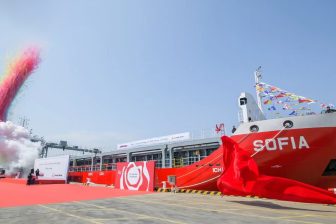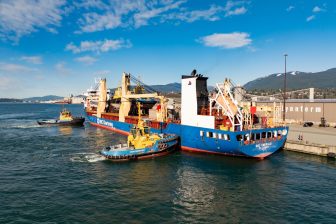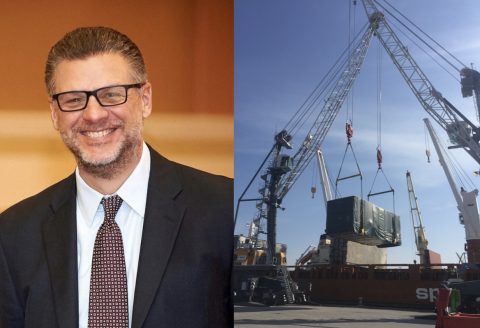
“Slicing the cake”: Diversification in the Port of Cleveland
Project cargo is on the rise throughout the Great Lakes, in the United States (US). Dave Gutheil, chief commercial officer at the Cleveland-Cuyahoga Port Authority since 2018, discusses recent trends, developments and challenges in the port.
The Port of Cleveland is located at the mouth of the Cuyahoga River on Lake Erie, in the midwestern state of Ohio. Roughly 13 million tons of cargo move through this bulk freight and container shipping port each year. “Our main trade lane is between the Midwest and northern and central Europe, specifically places like Antwerp and Rotterdam,” explains Gutheil. Indeed, the Great Lakes are connected to the Atlantic Ocean by the Great Lakes Saint-Lawrence Seaway.
“We also see frequent barge movements to and from various ports within the Great Lakes between the U.S. and Canada. Periodically, we also have heavy lift international vessels that come through the seaway, and their cargo gets transhipped to a barge going either upriver here in northeast Ohio or to some other ports on the Great Lakes,” he adds.
In addition to ship and barge connections, the port is well connected to road and rail. “Typically the oversized truck route is the most common mode of transportation for cargo leaving the terminal for destinations that are within 150 to 200 miles (241 to 321 kilometres) If there is a new construction project going up and there’s rail siding at the location, then the cargo may move from our port via rail to final destination. I would say probably 75 to 80 per cent of cargo get on and off the port by truck, and probably 15 to 20 per cent by rail,” he estimates.
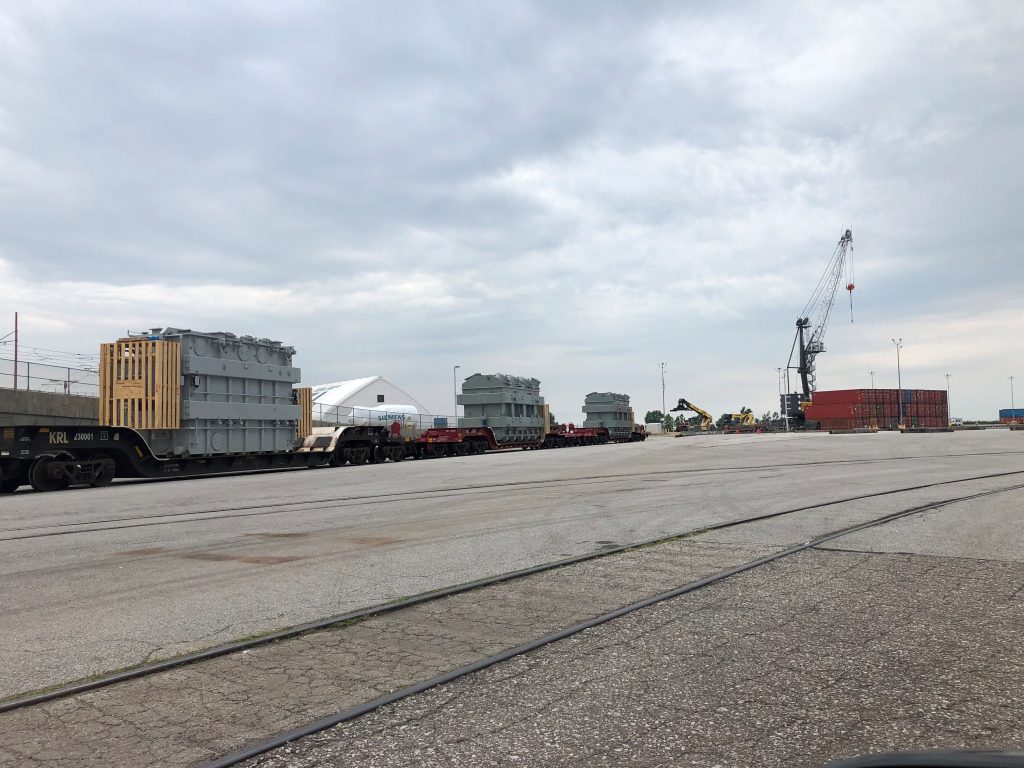
Project cargo on the rise
“From a general sector standpoint, I think we’ll start seeing more activity within the great lakes, in regards to project cargo. Thus far, Ohio has not really kept up in the wind sector like some of the other states. So, Ohio ports like Cleveland, Toledo or Ashtabula, for example, haven’t handled a lot of wind energy related cargo, compared to places like Burns Harbor, Indiana to Duluth, Minnesota,” explains Gutheil. That could be changing in the near future due to changes in state policy.
“We are however very involved in the wind sector and project cargo because we’re trying to get some offshore wind going here on Lake Erie. We hope something substantial will be happening in that sector. The majority of project cargo business that we’ve handled has been larger generators or transformers, pieces of machinery which typically will be travelling to destinations up to 300 hundred miles (321 to 482 kilometres) from the port,” he adds.
“In general, project cargo continues to grow on the great lakes, especially the last couple years because there’s been so much congestion at the big coastal ports. Slowly, parts of the industry are learning that if they can get their cargo as close to the final destination as possible via the water, it will generally be less costly for them, and more efficient from a movement standpoint. Moving cargo through several states also means dealing with the various rules, and regulations that apply there,” says Gutheil.
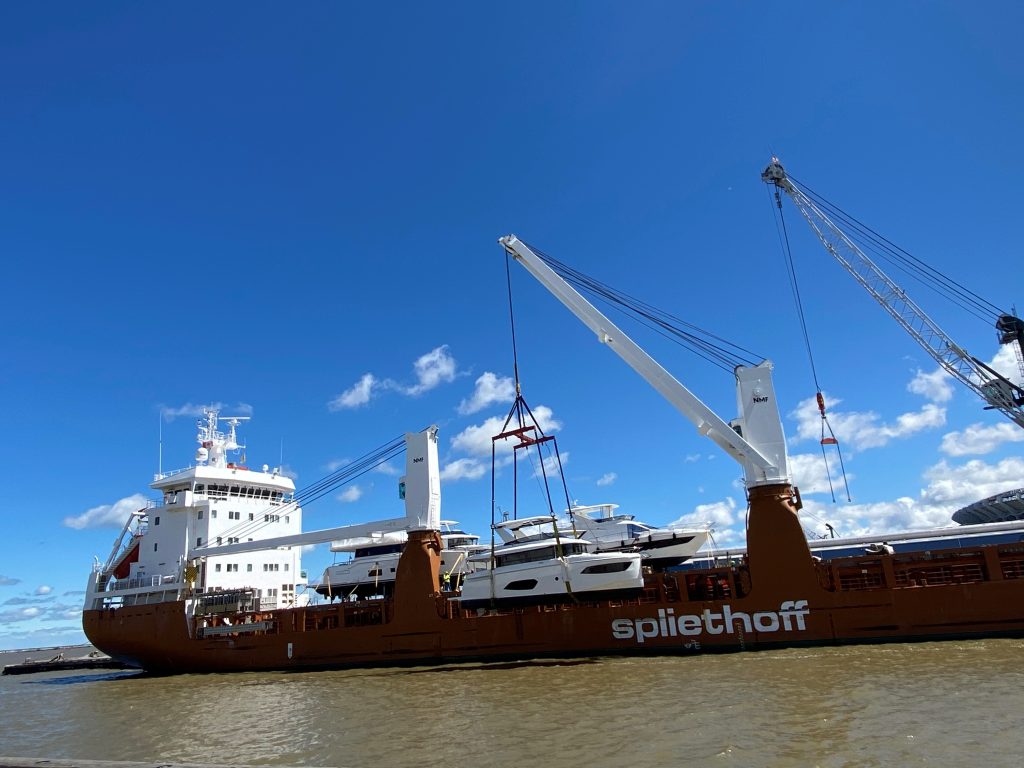
Diversification and expansion
“When William Friedman, our CEO, and I came here in 2010 our immediate goal was diversification. The supply chain on the great lakes has historically mostly handled non-containerized steel as the backhaul, and grain, or soybean as the head haul. Consequently, we were heavy on the non-containerized steel import side which led us to start our container business which in turn led us to get more involved in the project cargo business, due to multi-purpose vessels that were involved in the service.
We see the container business continuing to grow, again because of what’s going on with the coastal ports, even though we’re hopefully on the back end of COVID. We don’t have the congestion issues at ports on the great lakes like the large coastal ports do. I think shippers and cargo owners are slowly starting to realise that they can look to inland ports as an option for them long-term rather than just a short-term solution,” he continues.
To accommodate increasing volumes, the Port of Cleveland is undergoing a 22-million-dollar dock rehabilitation and modernization project. According to Gutheil, “Three of our main docks are getting completely rehabilitated. That project will be completed in late May of this year and started about a year and a half ago. This has been the most expensive and expansive project that we’ve ever undertaken.”
The port will also soon be able to handle new types of cargo. “We’re just finished building a pumping manifold system for bulk liquid transload cargo, which will be in use late first quarter this year, or early second quarter. (…) So we have bulk liquid coming in next year. Slowly we want to continue to build other cargos, so we’re not so reliant on one. In addition, we also have a bulk operation that handles a huge amount of iron ore for a local steel mill,” says Gutheil.
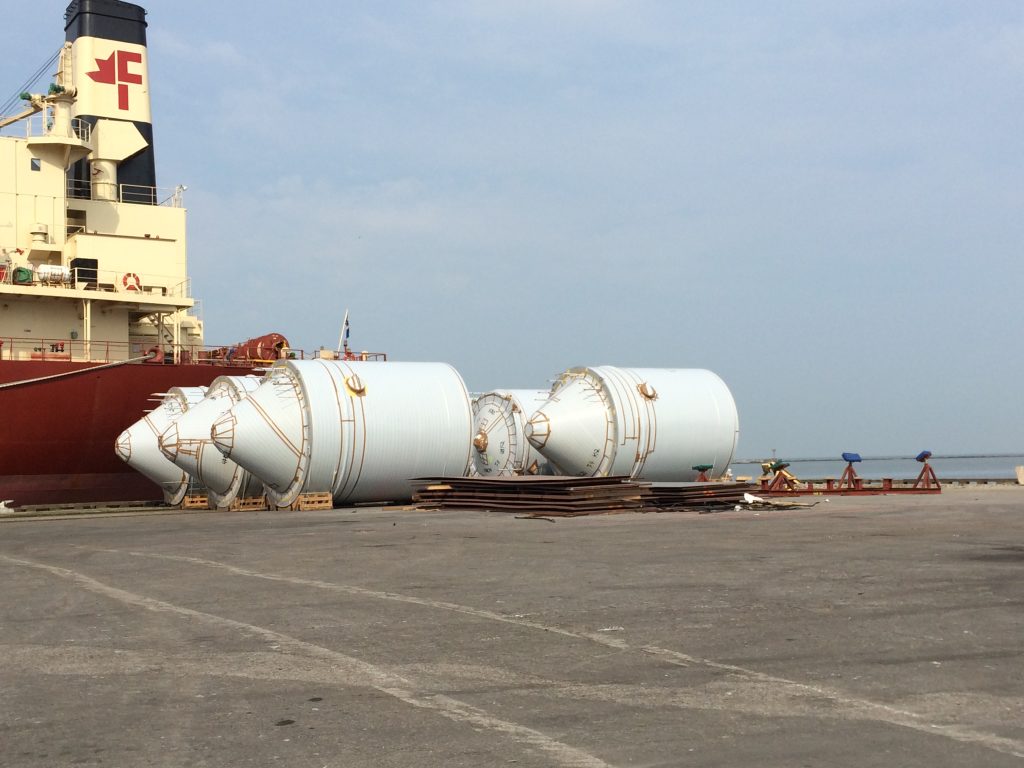
Challenges faced by the port
In addition to truck driver shortages, and labour shortages in the rail industry, visibility remains the main challenge for Great Lakes ports. “I think that in the great lakes in general, our main issue is still raising awareness to what the seaway can do on the project cargo side, in the heavy lift movement sector. Many cargo owners and logistics providers don’t realise that you can bring your cargo all the way into the great lakes, much closer to their destination,” remarks Gutheil.
“The other issue is we really don’t have any scheduled project cargo vessel services on the Great Lakes compared to ports such as Baltimore and Houston. Those ports typically are our main competition, because they have so many different calls from numerous vessel lines. There are more calls there because there’s more availability of vessels, and frankly, because sometimes those bigger vessels, depending on the size of the shipment, can’t get into the great lakes due to the size restrictions,” he continues, “We’re also seasonal, so we still have to find a way to work around that system as well.”
“Overall, ports on the great lakes have to be a little more creative and we try to do that. Each of us has our own different way of slicing the cake, so to speak, and trying to add more value. That’s what we’re all about,” concludes Gutheil.
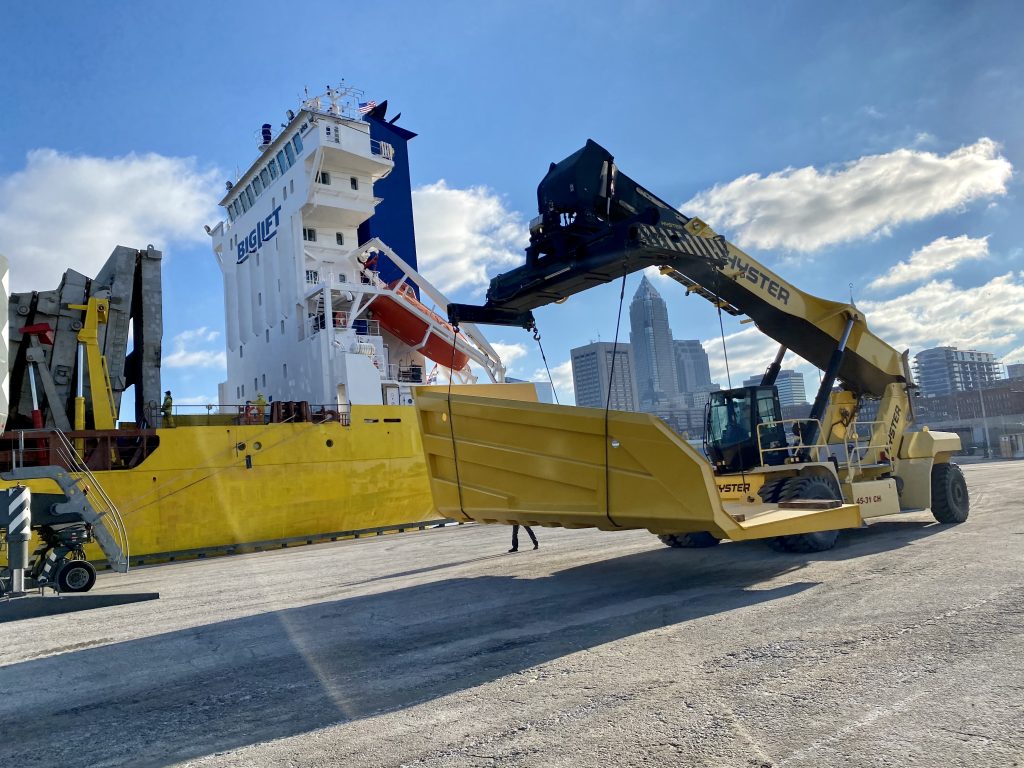
You just read one of our premium articles free of charge
Register now to keep reading premium articles.



